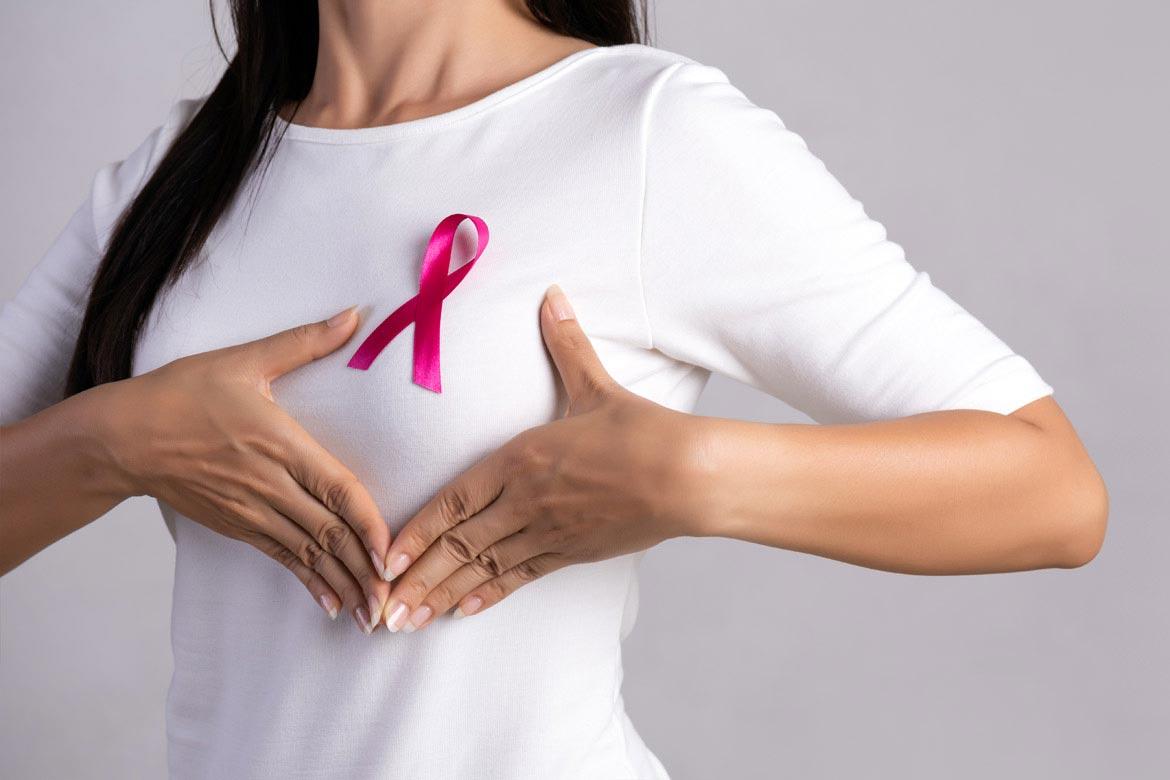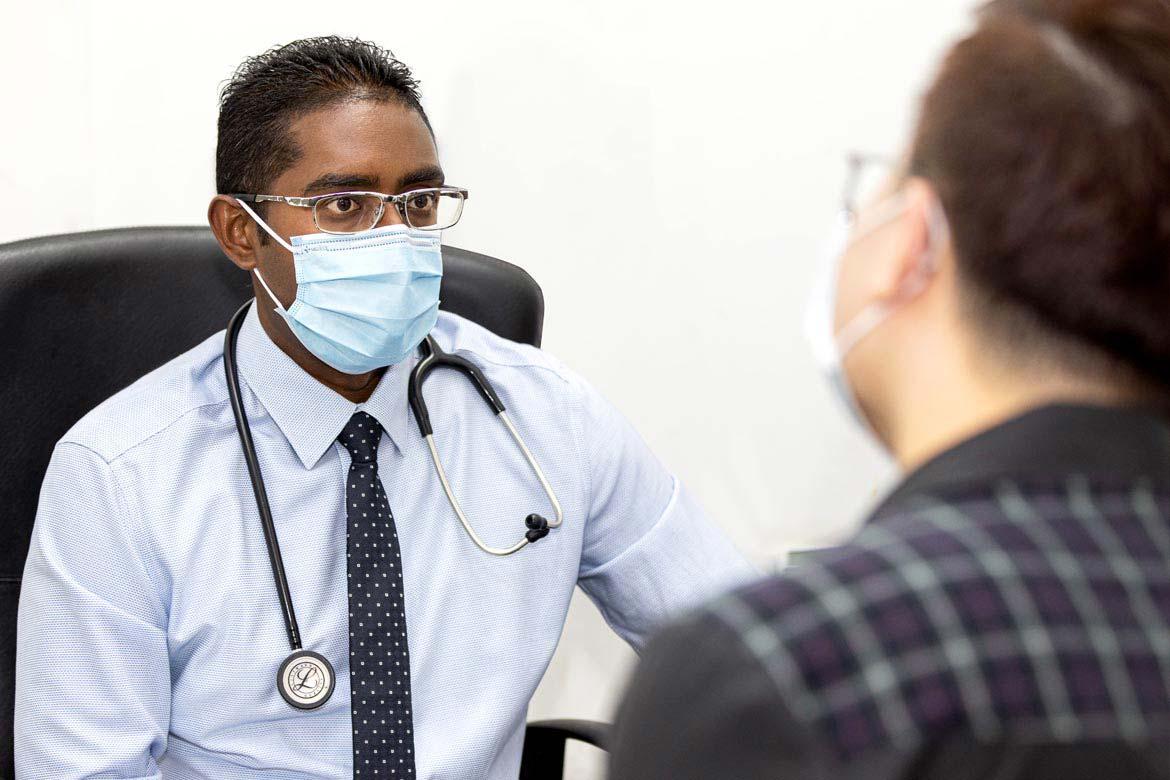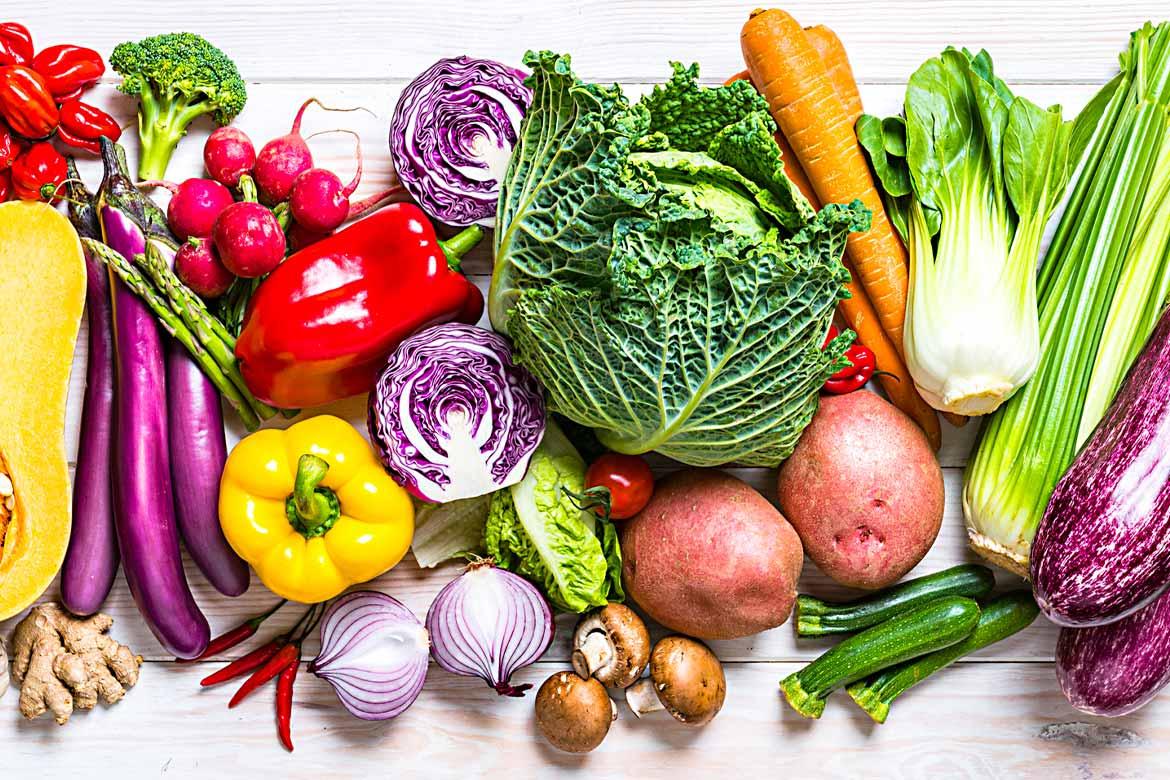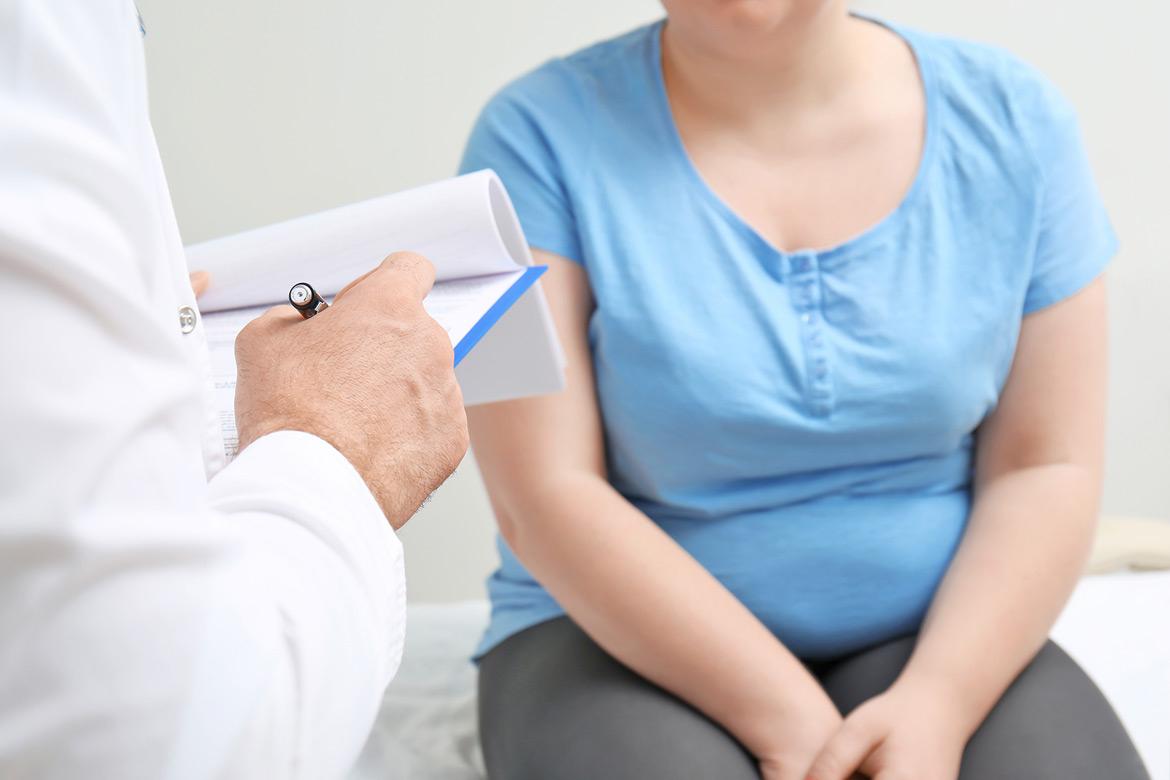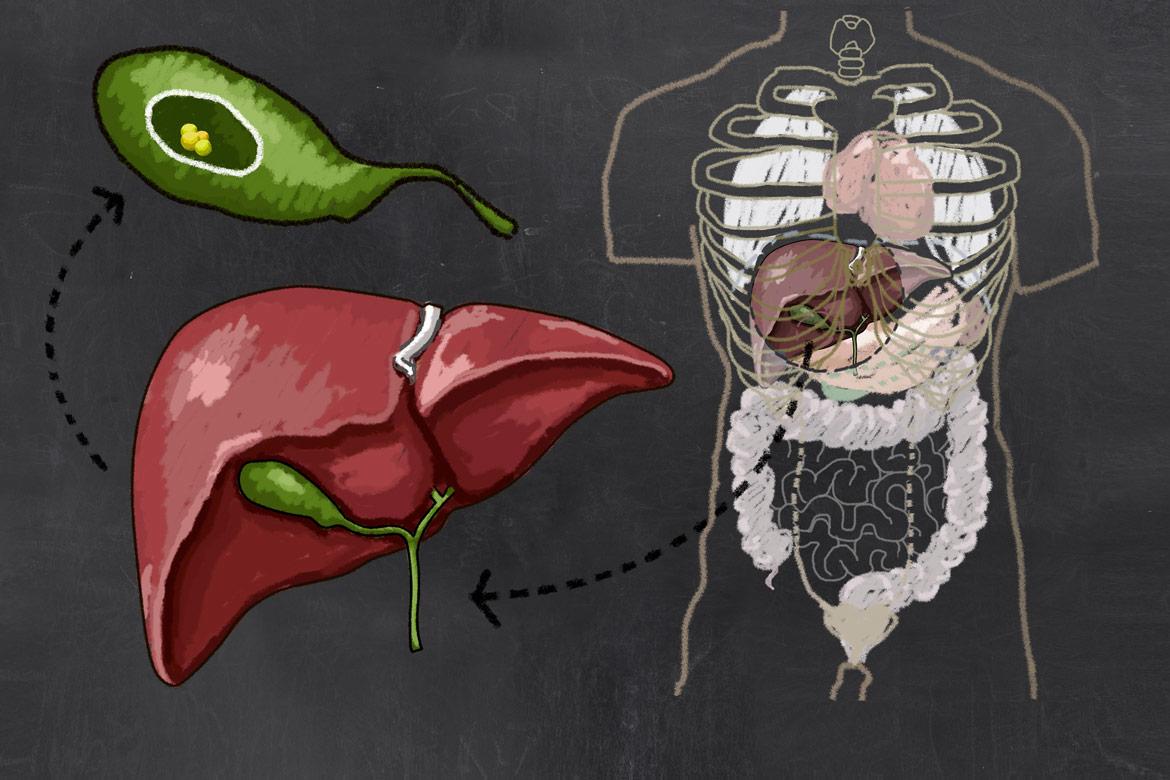-
-
Featured Care Areas

Varicose Veins
What are varicose veins?
Varicose veins are enlarged, swollen veins that commonly appear in the legs, feet, or ankles due to increased pressure from standing and walking. They form when weakened vein walls and faulty valves cause blood to pool, leading to visible blue or purple bulges just beneath the skin.
Types of varicose veins
- Trunk varicose veins: Large, bulging, and twisted veins that are highly visible, often appearing blue or purple.
- Reticular varicose veins: Smaller, less prominent veins that form a network-like pattern under the skin, typically red or blue.
- Telangiectasia varicose veins (spider veins): The smallest and mildest type, appearing as thin red or blue lines or clusters of veins on the skin’s surface.
What are the symptoms of varicose veins?
Visible signs:
- Veins that appear dark purple, blue, or the same color as the skin (visibility may vary depending on skin tone).
- Twisted, bulging veins that often resemble cords on the legs.
Symptoms:
- A heavy or achy sensation in the legs.
- Burning, throbbing, muscle cramping, and swelling in the lower legs.
- Increased pain after prolonged sitting or standing.
- Itching around affected veins.
- Skin discoloration near varicose veins.
What causes varicose veins?
When vein valves are weak or damaged, varicose veins may develop.
How do varicose veins form?
Arteries transport blood from the heart to the body, while veins carry it back to the heart. To achieve this, leg veins must overcome gravity.
The muscles in the lower legs contract to function as pumps, and vein walls assist in directing blood toward the heart. Small valves within the veins open to allow blood to flow forward and close to prevent it from moving backward. If these valves fail, blood may pool in the veins, leading to stretching or twisting.
What are the risk factors for varicose veins?
The primary risk factors for varicose veins include:
- Family history: If relatives have varicose veins, the likelihood of developing them increases.
- Obesity: Excess weight places additional pressure on the veins.
Other factors that may contribute to varicose veins include:
- Age: Over time, vein valves experience wear and tear, which can cause blood to flow backward and accumulate.
- Sex: Women are more prone to varicose veins due to hormonal influences that relax vein walls. Hormonal changes during menstruation, pregnancy, or menopause, as well as hormone-based treatments like birth control, may heighten the risk.
- Pregnancy: Increased blood volume during pregnancy supports fetal development but can enlarge leg veins.
- Prolonged sitting or standing: Regular movement promotes healthy blood circulation, while inactivity can contribute to vein issues.
What are the complications and related diseases of varicose veins?
Complications from varicose veins are uncommon but may include:
- Ulcers: Painful sores can develop near varicose veins, often around the ankles. A discolored patch on the skin may appear before an ulcer forms. If you suspect a leg ulcer, seek medical attention immediately.
- Blood clots: Enlarged deep veins in the legs can lead to clot formation, causing pain and swelling. Persistent leg pain or swelling may indicate a clot and requires medical evaluation.
- Bleeding: In rare cases, surface veins may burst, leading to minor bleeding. Though usually not severe, medical attention is recommended.
- Leg swelling: Long-term varicose veins can contribute to swelling in the legs.
How do you prevent varicose veins?
Improving blood circulation and muscle tone may help reduce the risk of varicose veins. Many prevention methods also ease discomfort from existing varicose veins. Consider the following:
- Follow a high-fiber, low-salt diet to support vein health.
- Stay active with regular exercise.
- Change positions frequently when sitting or standing.
- Maintain a healthy weight to reduce pressure on your veins.
- Elevate your legs while sitting or lying down.
- Avoid high heels and tight stockings (except for compression stockings).
This coverage checker is brought to you by Health Insured, an online resource that helps you understand your health coverage in Singapore.
This page has been reviewed by our medical content reviewers.
Need help?
For enquiries, please call
+65 6377 3737
For appointment bookings, please WhatsApp
+65 8111 3777

